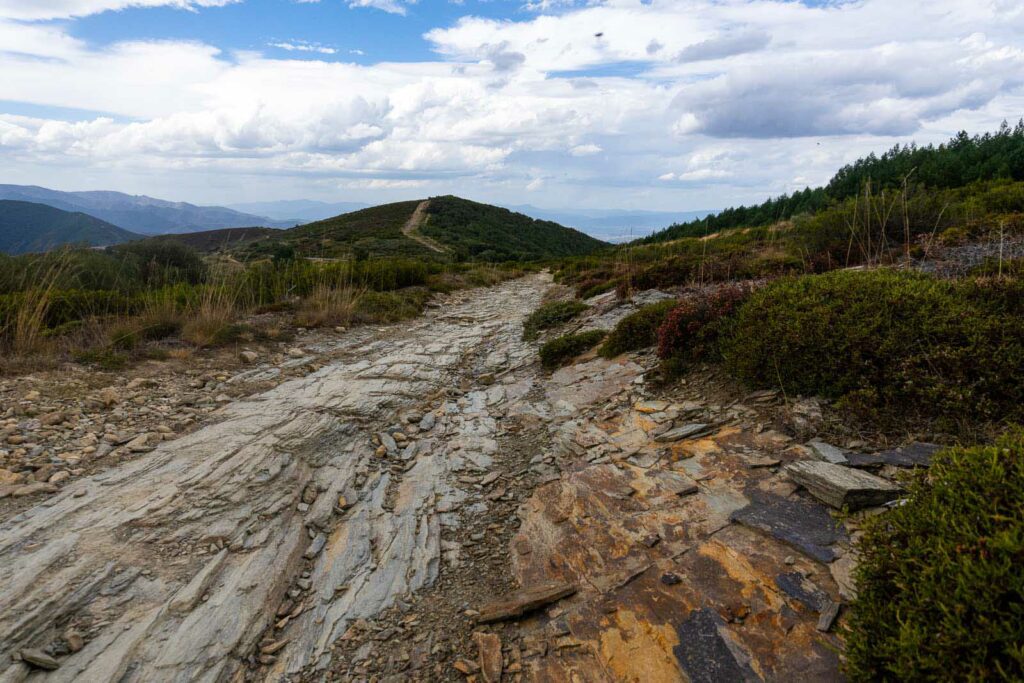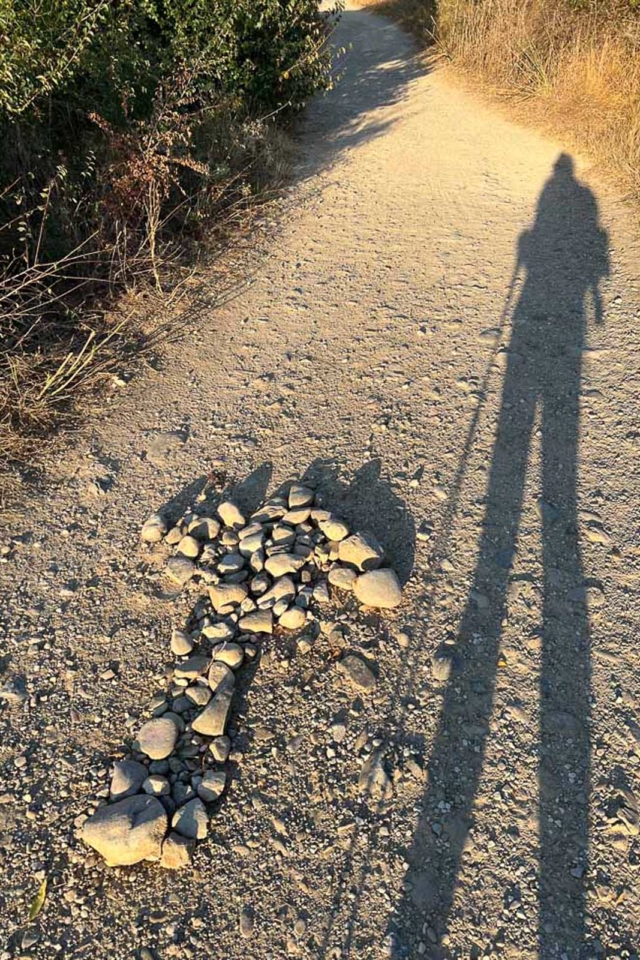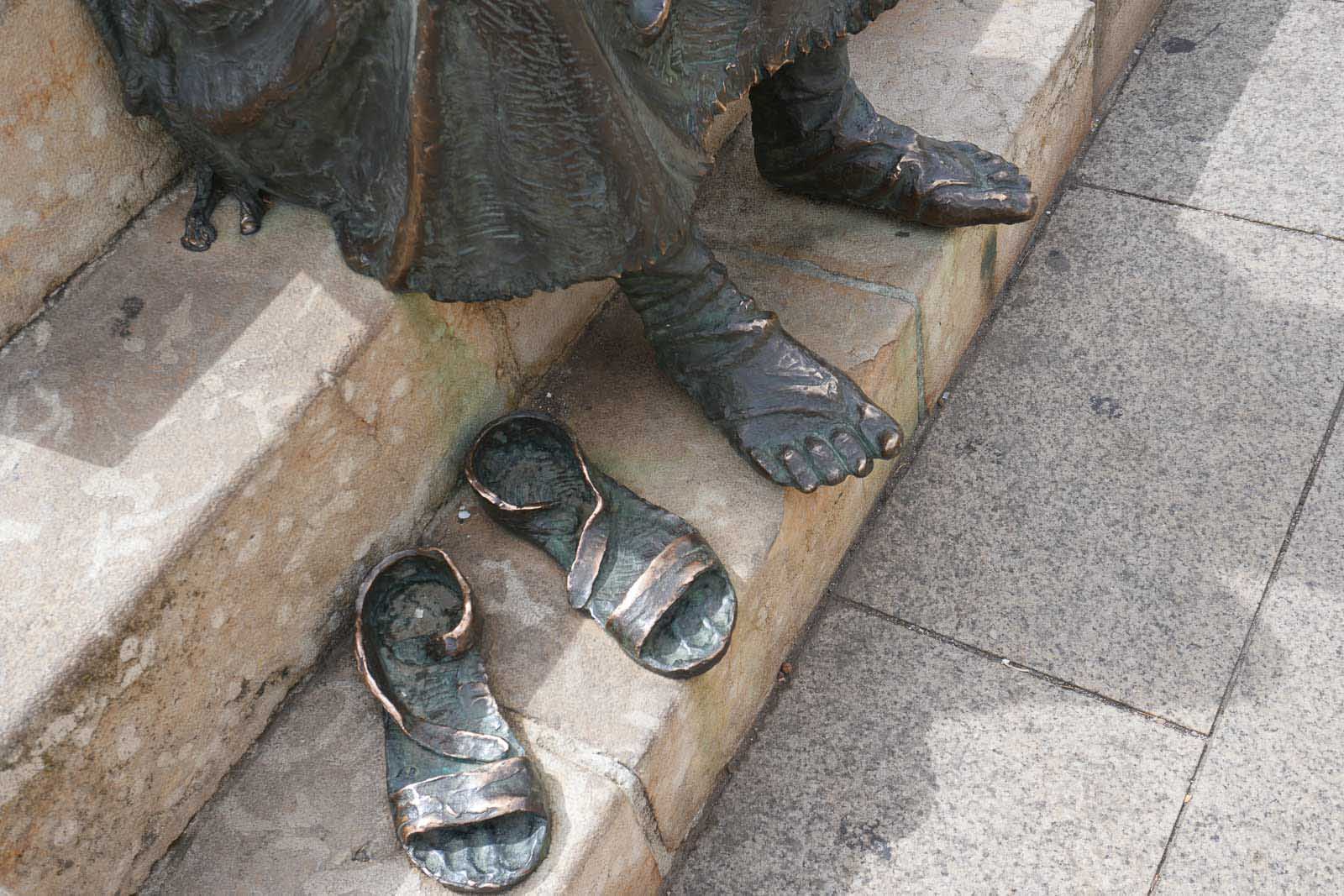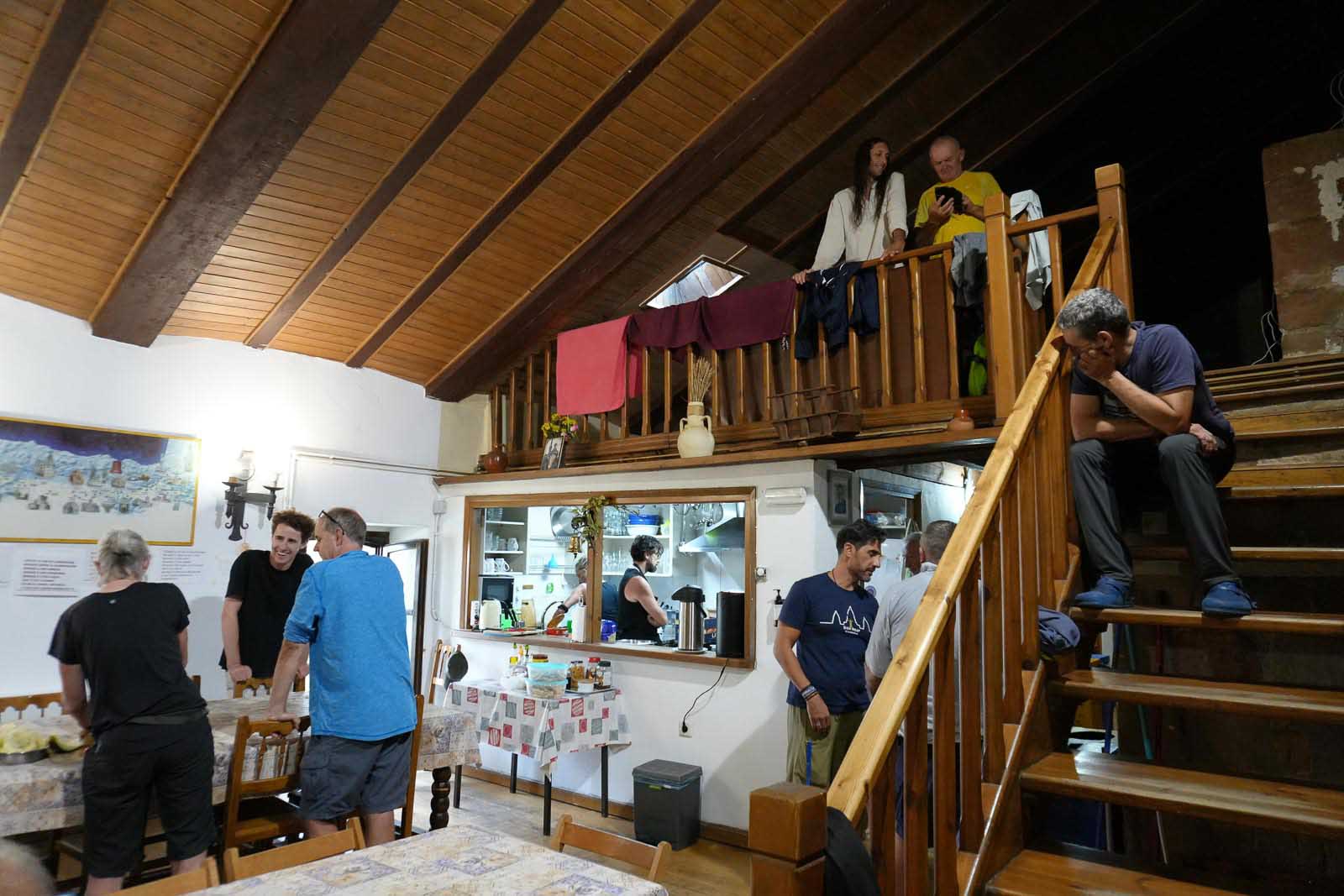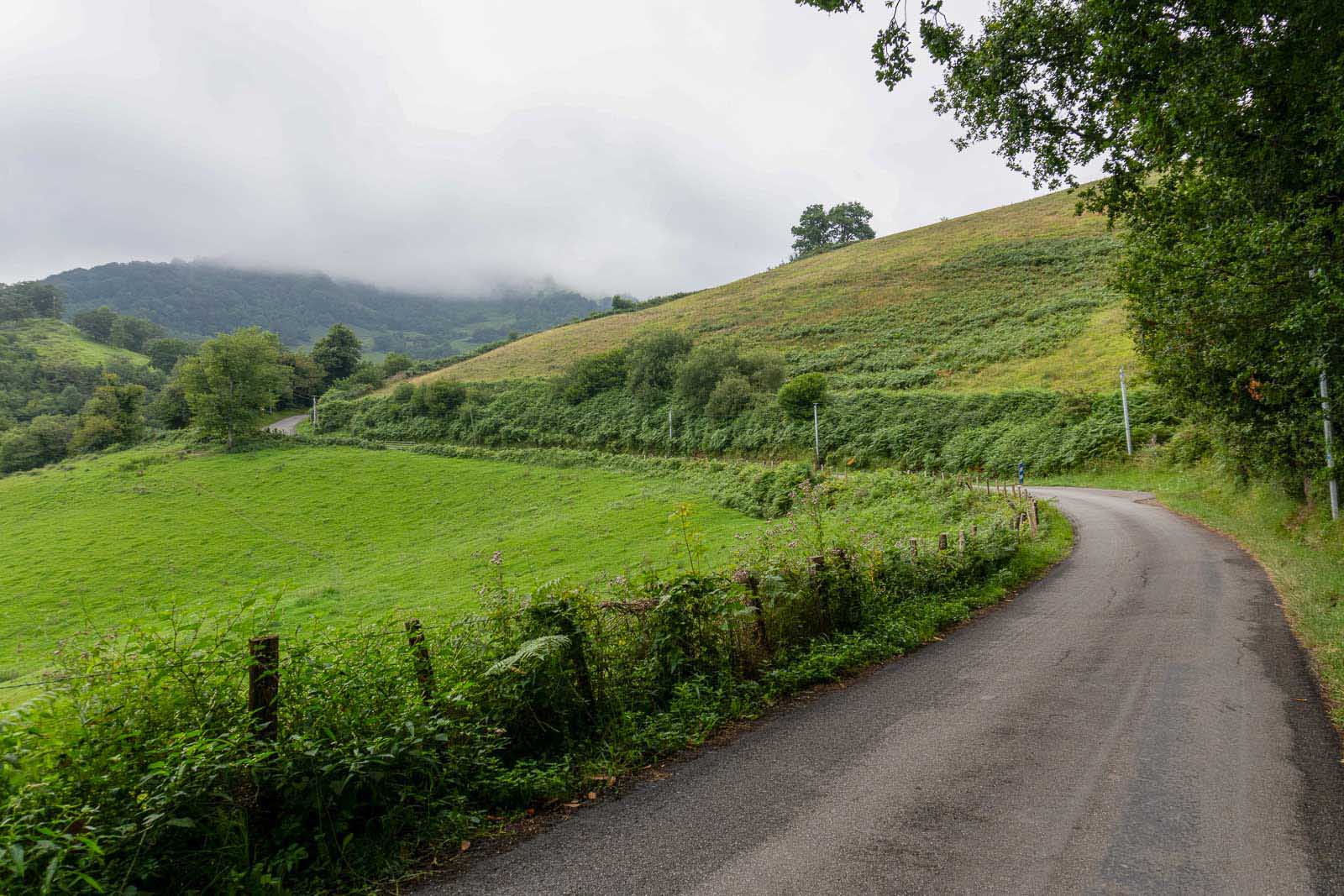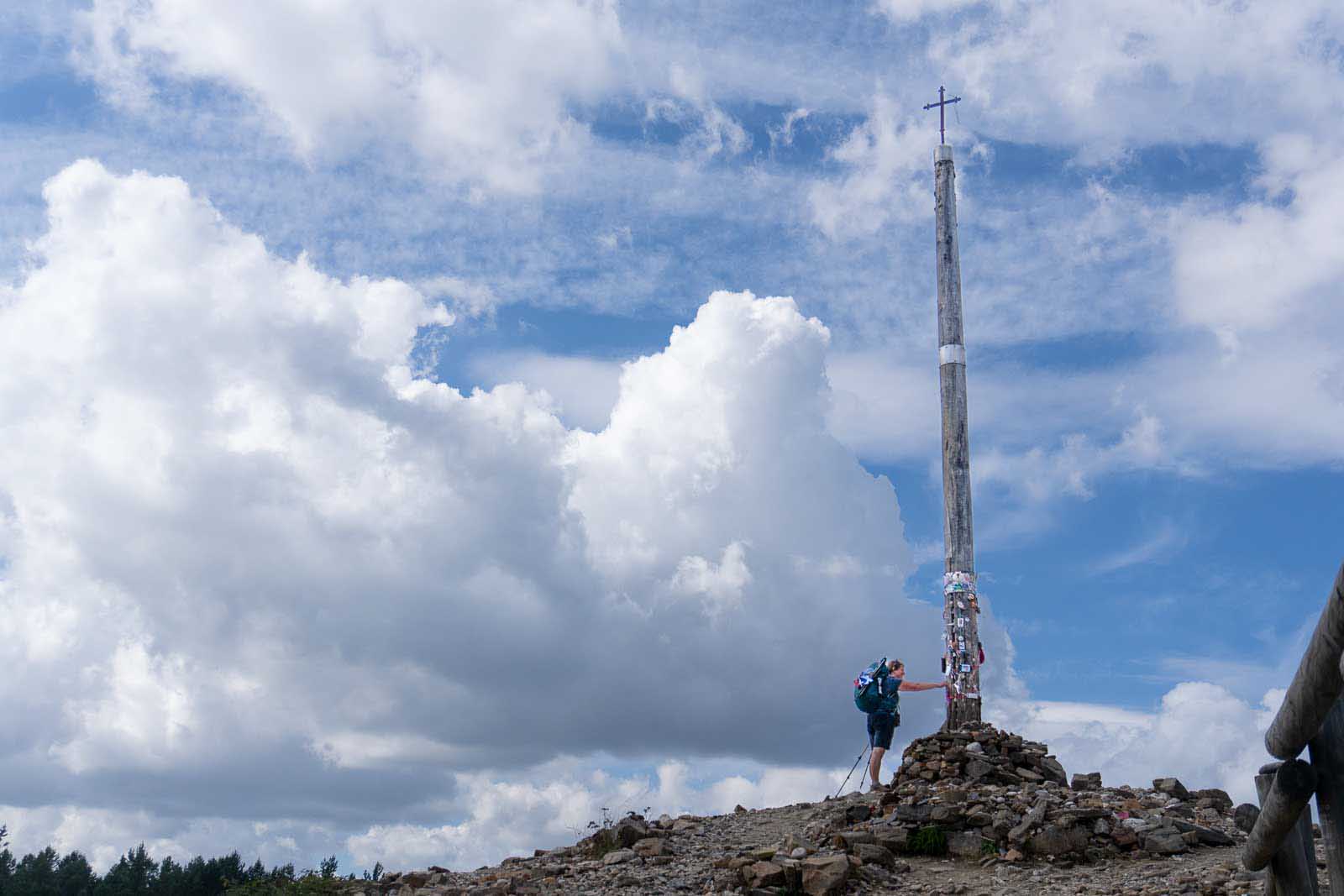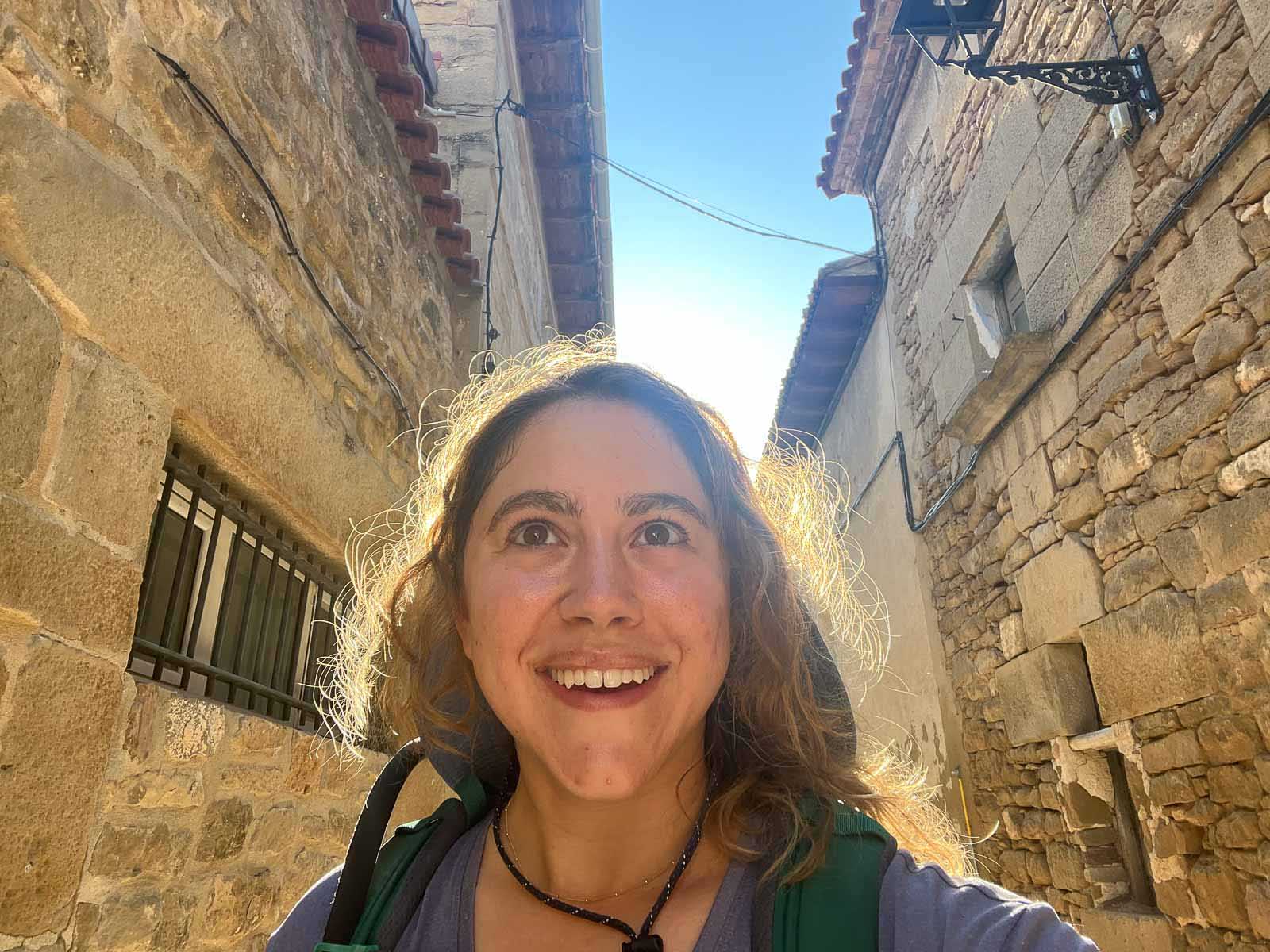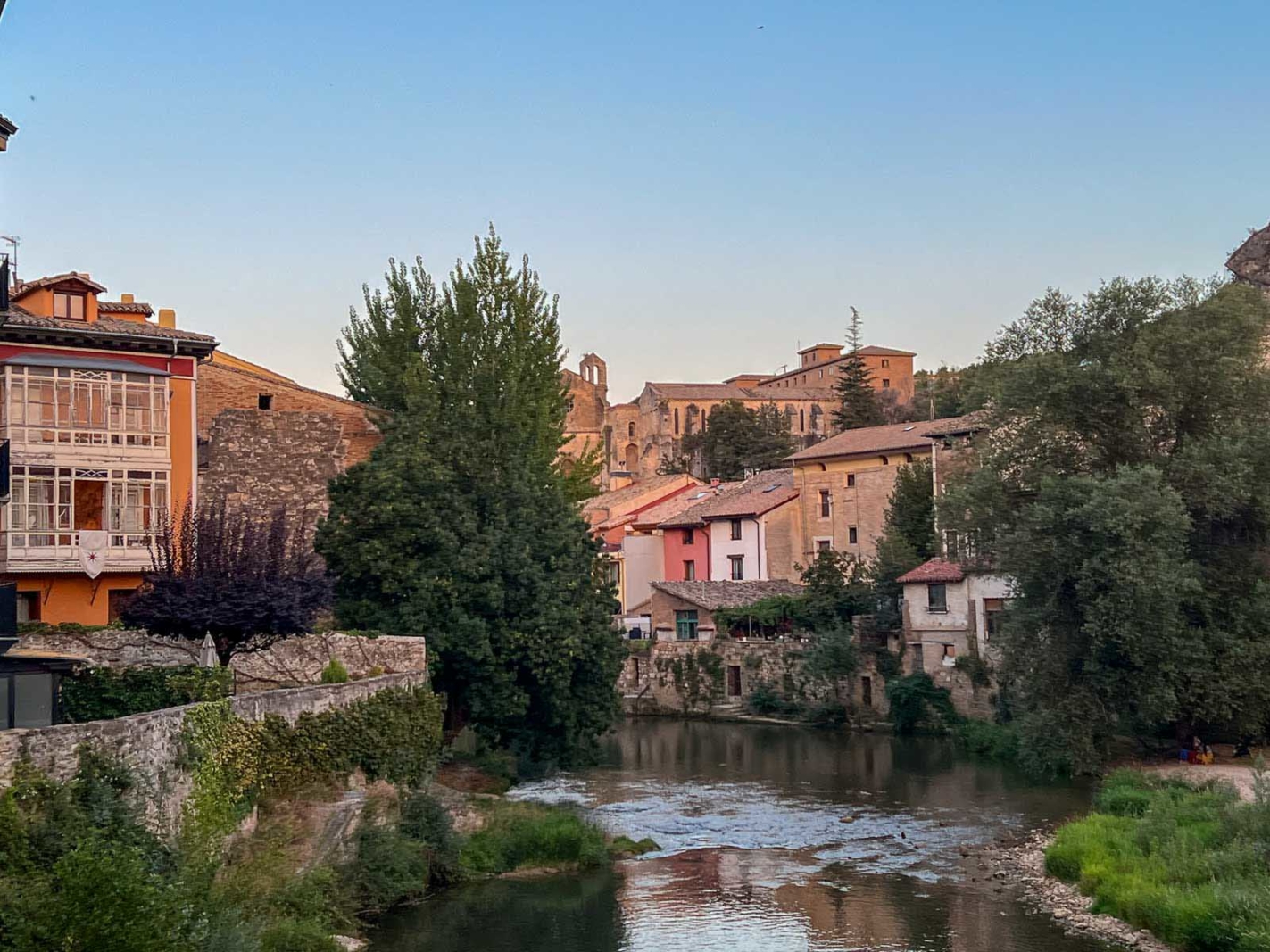In the six months since I boarded my flight dwelling from Spain to the United States, my thoughts has swirled with reflections on my expertise strolling the Camino de Santiago. When I first arrived dwelling, I puzzled if the 500-mile, 33-day pilgrimage would immediate a significant epiphany or spur an enormous life change once I returned to my life in Los Angeles, California.
Would I lace up my sneakers and go for a protracted stroll each morning? Would I keep in contact with fellow pilgrims I met in France and Spain? Or would I return to my life and act like nothing had ever occurred?
Since returning, I’ve answered these questions and gained additional perception into the classes the journey has meant for me and for a lot of others who’ve walked the Camino de Santiago.
What is The Camino de Santiago?
Before we begin, let’s discuss a bit about The Camino de Santiago. Also referred to as the Way of St. James, it’s a community of pilgrimage routes resulting in the shrine of the apostle Saint James the Great in the Cathedral of Santiago de Compostela in Galicia, Spain.
This historic pilgrimage, which dates again to the Middle Ages, attracts 1000’s of pilgrims from round the world every year. Traditionally undertaken for spiritual causes, trendy pilgrims additionally stroll the Camino for religious development, journey, and cultural exploration. The routes fluctuate in size and problem, with the hottest being the Camino Francés, which begins in St. Jean Pied de Port in France and spans roughly 500 miles (800 kilometers).
Jen Pellerito shares right here classes discovered by strolling this historic route, and now that now we have learn it, we’re extra decided to sort out this unbelievable pilgrimage in 2025! If you’re planning your Camino de Santiago hike, learn Jen’s put up about Where to Stay on the Camino de Santiago
Time strikes slower if you’re strolling
When you stroll the Camino, you’ll be able to cowl a distance of 5 to twenty miles per day, which takes wherever from 5 to eight hours. It’s a stark distinction to routine life at dwelling, the place we will drive, fly, or prepare our method round.
When you stroll, you journey at a slower tempo. The results of actually shifting slower contributed to a way of getting extra time on my arms.
I felt like I might see the passage of time. I observed the the solar fell at completely different occasions of day, how the climate patterns modified, and the way the flowers bloomed as the days handed.
I discovered that nothing ever stays the similar. My day by day routine continued to repeat itself, but the whole lot in the world continued to evolve, even by means of seemingly mundane moments.
You’ll by no means take a look at your toes the similar method once more
On the Camino, my toes took a beating. It wasn’t simply blisters that turned a difficulty — it was the impression of strolling on onerous surfaces, particularly when going downhill. Read extra tricks to Staying Safe and Healthy on a Hiking Adventure
I noticed my toes swell like they’d by no means swollen earlier than. I noticed my toes bleed from blisters that risked an infection. And ultimately, I noticed my toes heal.
I spent hours worrying, speaking, and, sure—complaining—about my toes. For the first time, I discovered easy methods to look after them.
I utilized Vaseline on my toes and heels a number of occasions a day and discovered about the greatest kind of material to maintain them cool and as dry as doable in high-heat circumstances (it’s wool, by the method)!
I bandaged my toes, prayed for them, and thanked them after they ultimately turned stronger.
Your toes can take you a lot locations, however provided that you maintain them alongside the method.
Community and connection
Five days into strolling, I used to be sitting in my Airbnb host’s sweltering kitchen, sweating bullets. My toes have been stuffed with blisters, and my host was going to pop them for me. I used to be terrified. Check out How to Pack a Travel First Aid Kit
Admittedly, I’ve by no means handled blisters a lot in my lifetime. I knew nothing of easy methods to look after them, deal with them, or stop an infection. Especially in a state of affairs the place I wished to maintain on strolling – with no time to relaxation.
My host, who had been a nurse in her dwelling nation, spoke no English and little or no Spanish. She used a translation app on her cellphone to assist us talk in bite-sized phrases, one line at a time.
My head swam, queasy. Would this go terribly flawed?
Finally, after what felt like an hour going forwards and backwards by means of her translation app, she popped my first blister. Then the subsequent. It harm quite a bit lower than I imagined.
I’d simply met her moments earlier than, and he or she was caring for me in my most ugly second. It introduced in an entire new degree of vulnerability and humility.
Walking the Camino will present you that we’re all on this, collectively.
The Camino gives
It’s not nearly foot care. Sharing meals, medication, language, and, merely, the firm of others creates a community of care. On the Camino, assist isn’t simply obtainable; it’s given.
People are able to look out for one another, proving that even if you’re strolling alone, you’re by no means actually alone.
This spirit of camaraderie and help is what makes the Camino such a novel and particular expertise. Whether you’re a seasoned pilgrim or a first-timer, you’ll discover that there’s at all times somebody prepared to help or share a form phrase.
As you make your method alongside the path, you’ll encounter folks from all walks of life, every with their very own story to inform. Some are searching for religious enlightenment, whereas others are merely in search of a brand new journey.
But it doesn’t matter what brings you to the Camino, everybody shares a typical bond of kindness and compassion.
We all stroll the similar Camino
When I feel again to my time on the Camino, I keep in mind the days once I walked slower than many different pilgrims, even these a long time older than me. But once I lastly neared the final stretch towards Santiago, I discovered my stride, I turned stronger, and I walked a lot sooner than I had earlier than.
Yes, some folks nonetheless walked sooner than me—or twice so far as I did in a single day—however lastly, after weeks of strolling, the first eight miles of the day turned a breeze, when it had as soon as been brutally not possible.
This expertise taught me that life just isn’t a race. We all progress at our personal pace, and there’s no worth in evaluating our paths to these of others. The Camino, very like life, is a private journey for every particular person.
Learning to maneuver in sync with others, reasonably than in competitors, has introduced me peace and helped me settle for my present stage in life (my thirties) extra gracefully. It has additionally allowed me to understand my very own milestones with out measuring them up in opposition to others’ successes.
The most vital factor is, we’re all united by one widespread purpose — to succeed in Santiago.
Achieving a purpose takes time
I’ll admit it. I’m a perfectionist. When I fail, I fail onerous. I turn out to be so defeated that I by no means wish to strive one thing once more.
Walking the Camino confirmed me that targets are completed by means of one million milestones alongside the method.
One day at a time, I moved additional towards my purpose of reaching Santiago de Compostela. I didn’t stop when it obtained onerous. I didn’t quit when it felt like I’d already failed.
Yes, I rested once I wanted to. I took the bus on the days once I fell ailing, and my toes couldn’t deal with the ache any longer.
But that’s not quitting.
The journey hammered dwelling the concept that perfection isn’t the purpose. Progress is the purpose.
Each step moved me ahead. Big targets get completed by means of small wins.
Real power isn’t about how far you’ll be able to stroll in in the future. It’s about your persistence and adaptableness, irrespective of the variety of miles.
You study to take heed to your physique
I took the bus once I actually needed to. I didn’t stroll each single mile of the Camino Frances, and it disenchanted me at the time. But now, I understand that figuring out your physique’s limits is an indication of power.
Recognizing when to push and when to pause is a type of knowledge.
On the Camino, I discovered easy methods to tune into what my physique was telling me. The occasional lengthy stretch of silence whereas strolling alone additionally helped me take heed to my ideas extra rigorously.
Balancing ambition with self-care continues to be a problem for me. In on a regular basis life, it’s simple to miss our limits to satisfy our personal or others’ expectations. On the Camino, I discovered to worth self-awareness and the braveness it takes to honor my wants.
Grief occurs at any time when anybody leaves us
On the Camino, you would possibly serendipitously find yourself strolling with the similar group of individuals. Pilgrims name this your “Camino family.” Some folks stroll the complete method with the similar group, whereas others, for one purpose or one other, find yourself separating.
As I walked, I discovered myself weaving out and in of various teams, shortly clicking with of us I’d simply met. But when the Camino broke into two sections, and my pals selected a distinct path, I needed to say goodbye. Saying goodbye to those newfound pals was powerful, like a mini heartbreak.
I puzzled if our paths would ever cross once more. To me, it felt not in contrast to the grief I’ve felt when somebody near me has handed away. These moments on the Camino have been stark reminders of how swiftly connections can kind and the way painfully they will half, echoing the bittersweet actuality of the many relationships now we have all through our lives.
But extra importantly, the separation served as a reminder to reside in the current. I grew to understand the firm of these I used to be with, in the second. Grief is a pure a part of the human expertise.
I discovered to cherish moments of connection, even when they have been fleeting, and make peace with the inevitability of change and loss.
Embracing the Journey Ahead
Thinking again on my month strolling the Camino de Santiago, the causes for my journey have turn out to be a lot clearer.
It’s like wanting over your shoulder if you’re mountain climbing. When you’re strolling, you’re immersed in the mountains, and also you solely see rocks and filth. Miles later, the full view of these mountains turns into clear.
At the time, I couldn’t grasp the full impression it will have on me. Now, wanting again, I can respect the significance of the classes discovered.
Distance helps you perceive the immensity of what you’ve gone by means of.
And so, the stroll continues, one step at a time.

